The Grene™ Edge DERMS delivers AI-driven planning, operations, and aggregation for Utilities, Distributed Energy Resources (DERs), and Microgrids to provide reliable, affordable, and sustainable energy.
AI & ML integrate three core solutions to Simulate, Operate, and Aggregate DERs
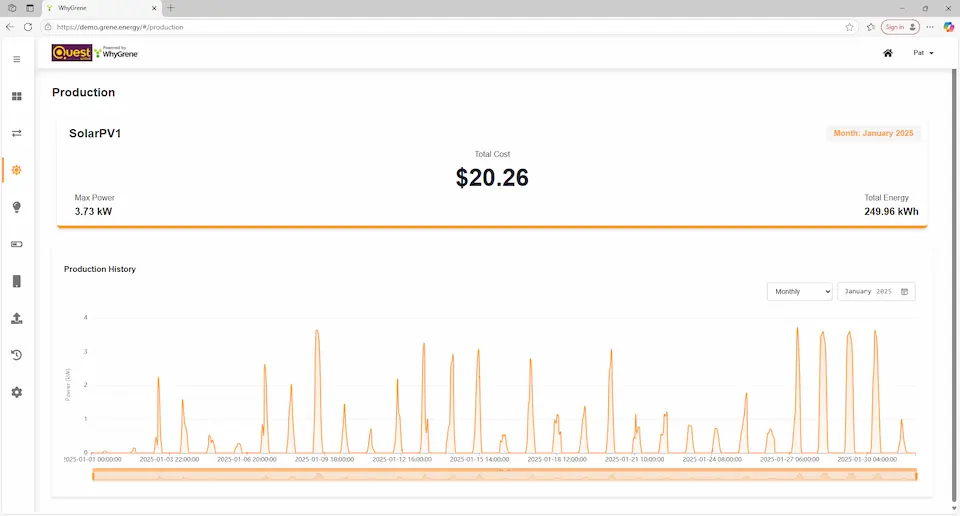
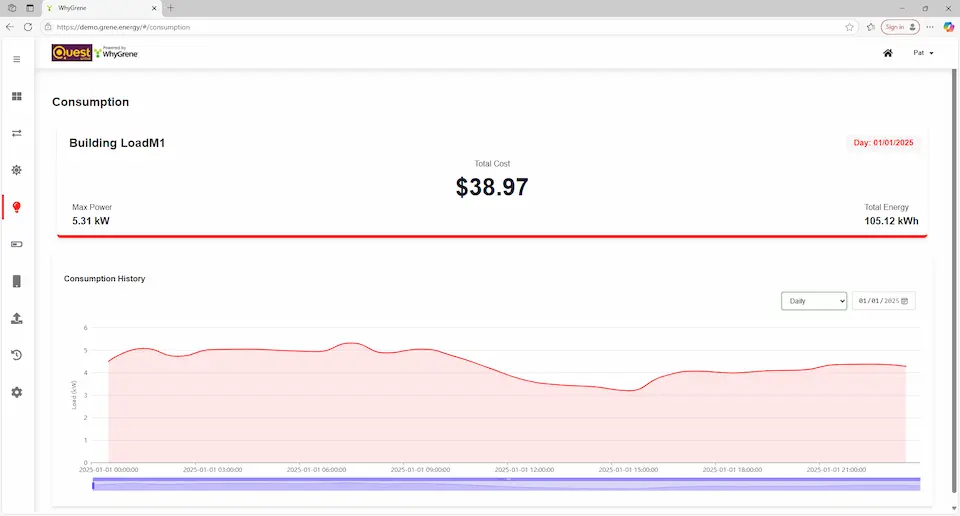
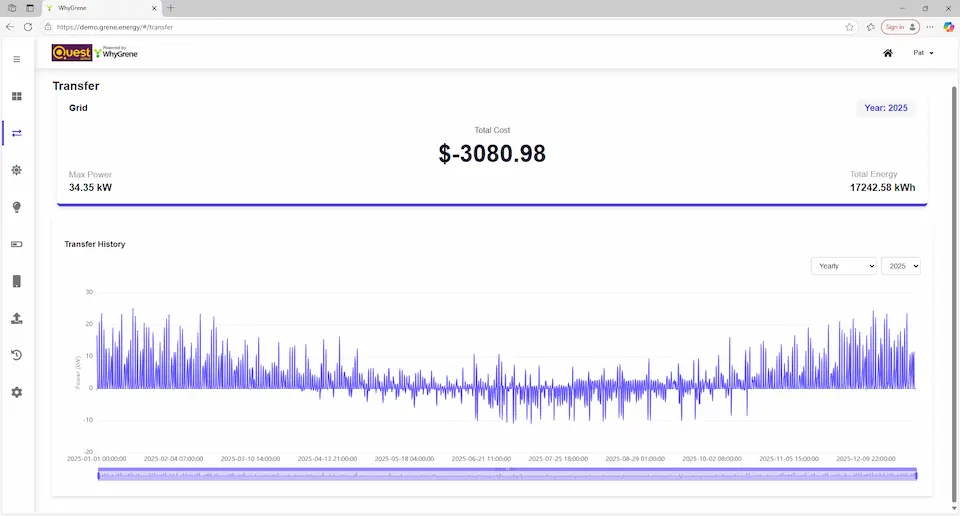
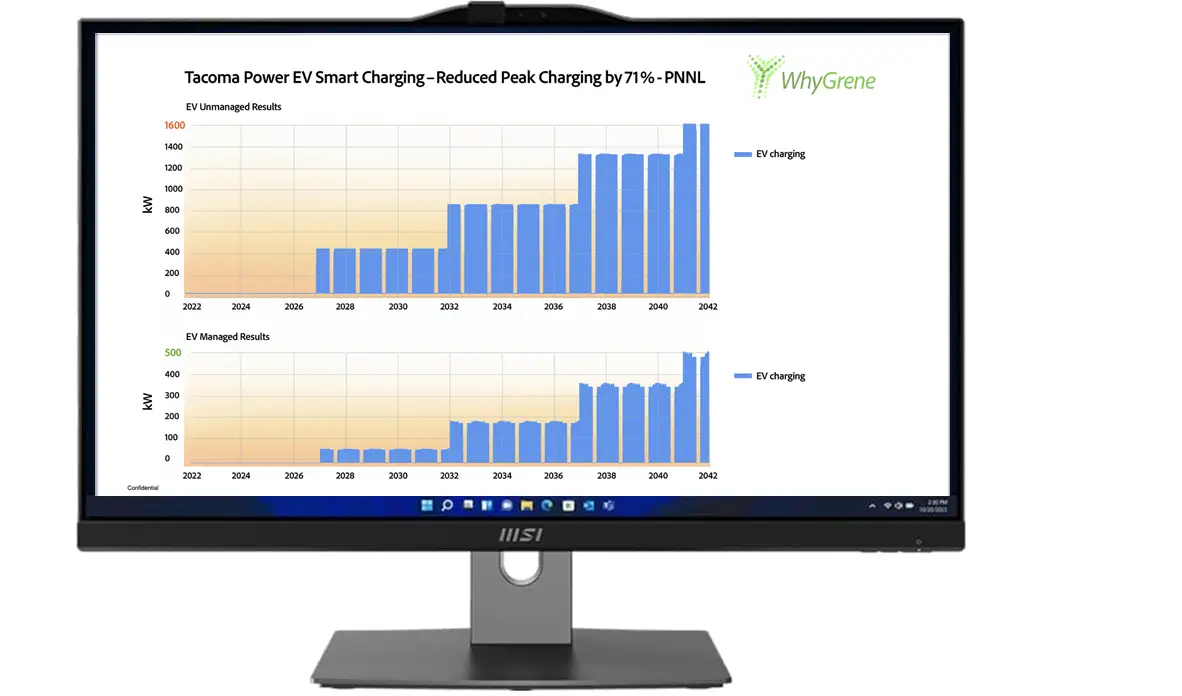
Grene Simulate™
Digital Twin Simulations: Maximize the ROI of DERs by modeling power flows and economic performance under various hardware configurations and operational scenarios.
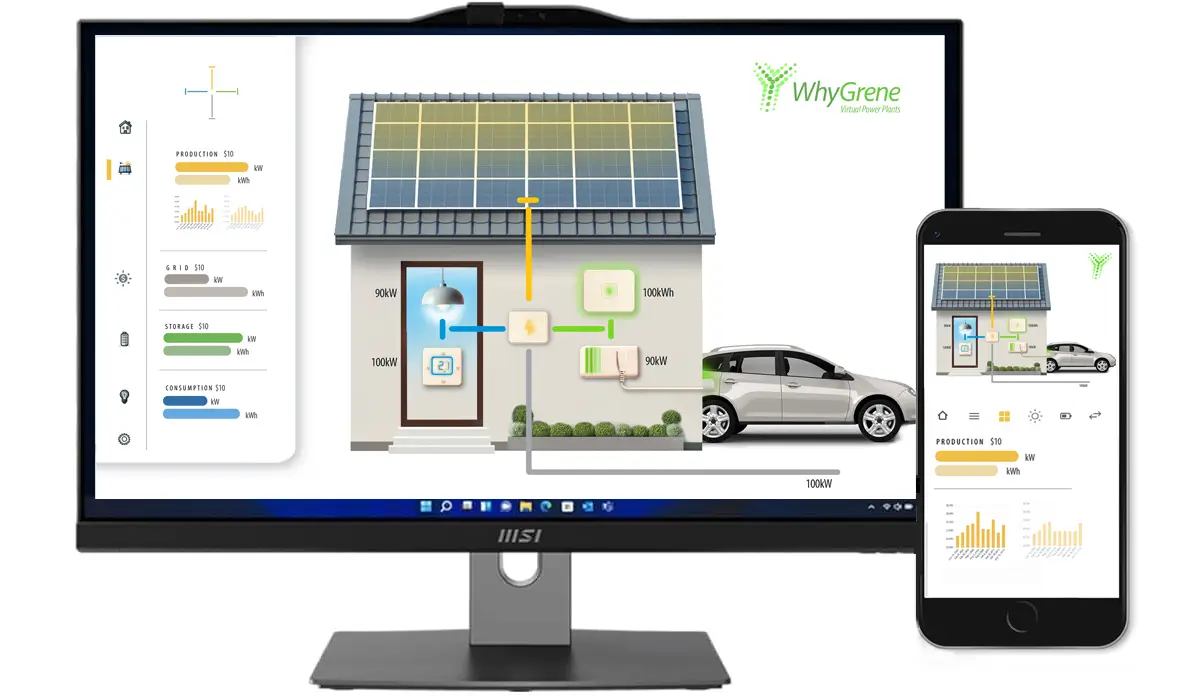
Grene Operate™
AI Forecasting & Optimization: Minimize power costs with real‑time forecasts of energy production & consumption, then optimize charging & energy usage.
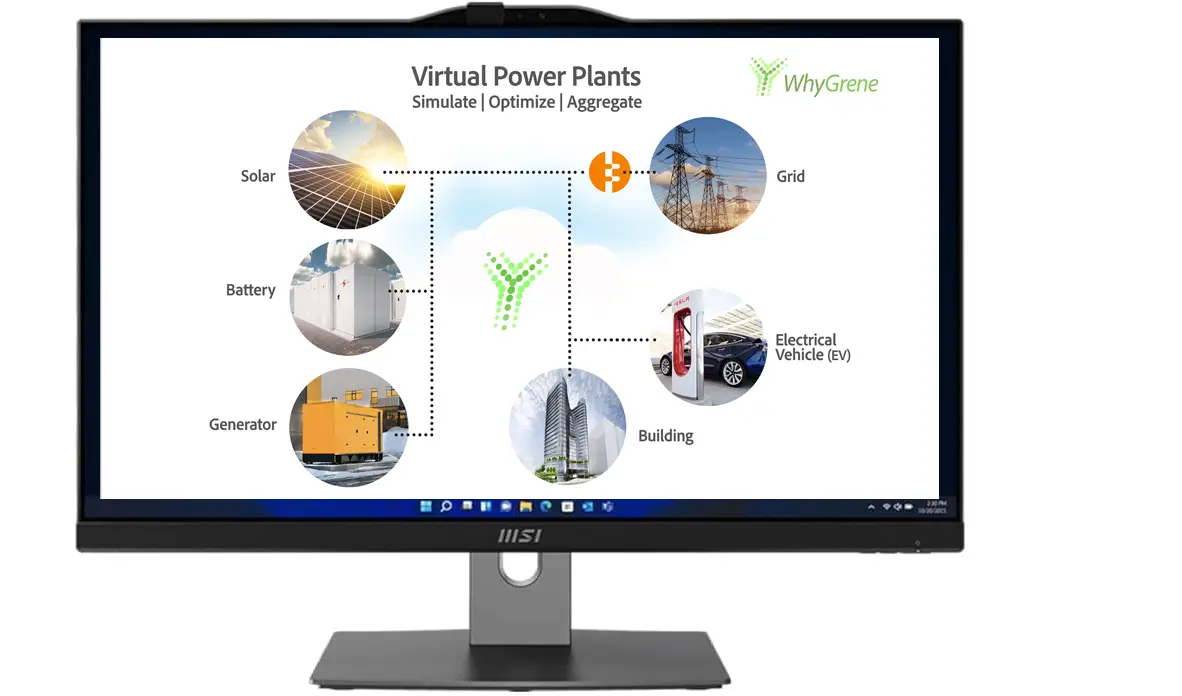
Grene Aggregate™
Aggregation & Monetization: Maximize DER revenues by turning DERs into visible, predictable, dispatchable grid assets and virtual power plants that provide grid services.
















